Coronary By-Pass Surgery
Coronary artery disease is the blockage, complete closure or inability to function of the vessels going to or leaving the heart due to some factors that are exposed in routine life. In such a case, coronary By-Pass surgery will contribute to the continuation of the regular rhythm of the heart.
We can translate the term coronary artery from the medical language to the daily, as the artery that feeds the heart and provides blood exchange between the lungs and the heart. We know that the word By-Pass literally means bridging, bridging. In a way, we can say that this operation is performed in order to provide a bridge passage in the vein to the heart, in case of occlusion of the vessel where the heart is connected to the lungs. The vein to be bridged should not be artificial, but a vein taken from the patient's own body. We can describe this situation not as the replacement of the vein, but as the placement of the new vein behind the occluded place.
If coronary By-Pass surgery is not performed on the patient, the inability of the oxygenated blood to circulate actively due to the obstruction, cellular losses in the heart muscle and tissue deformation, and with the effect of all these, the patient prepares the ground for a sudden heart attack.
What is Coronary By-Pass Surgery?
The vein that connects the heart with the body and branches out as it leaves the heart so that the clean blood circulates throughout the body is called the aorta. Coronary By-Pass surgery only focuses on the parts of the vessel closest to the heart. Coronary arteries with a diameter of 3CM at the end of the heart are 2. The region where the heart is nourished and the blood flow is strongest is the region where these 2 arteries are located.
Narrowing or blockage in the coronary arteries for different reasons paves the way for the heart not to perform its functions adequately. This means that the patient experiences chest tightness and heart attack-like complaints. After the situation is determined by angiography, if stenting or balloon removal is not going to work, the doctor prefers to save the situation with coronary By-Pass surgery.
Coronary By-Pass surgery will be attempted if there is a certain degree of obstruction in all of the vessels feeding the heart or if there is a condition such as narrowing in the left main coronary artery. Apart from this, although the situation is saved with a stent several times, this surgery can be applied if the vessel is still occluded. The By-Pass procedure will be repeated if it has been operated at an early age or in case of obstruction after the addition of a bridge.
Which Area Is Inspected by Coronary By-Pass Surgery?
Cardiology and cardiovascular surgery can intervene in all heart diseases and cardiovascular diseases, especially coronary By-Pass. Cardiologists, who draw a roadmap before surgery with various heart imaging styles, will also try to detect situations that may pose a risk of Coronary By-Pass surgery. However, every symptom felt is not enough to diagnose which heart disease you have. In any case that sounds unusual in your heart, you should consult a cardiologist.
How is Coronary By-Pass Surgery Performed?
Generally, the arm artery, leg vein or left thoracic artery in the patient's body are preferred for the vessel to be bridged. Since there is no bodily function caused by these veins, it is more appropriate to use, but the chest vein is actually the most ideal vein for By-Pass surgery.
In the past, it was discovered that the lung machine actually causes harm to the patient's body during the operations performed by stopping the heart and dividing the chest into two, during the time the heart is in the stopped position. Today, coronary By-Pass treatment is started to be done with a smaller incision using the armpit and while the heart is working. Thanks to this developed medical method, patient losses have decreased and a serious decrease has been observed in the cases of intraoperative complications.
The following steps are followed for the Coronary By-Pass surgery process:
- The patient is screened before the surgery and potential problems that may occur in the heart, lungs and all related organs are determined in advance.
- A few units of blood are prepared before the operation.
- The patient is entered through an incision in the right armpit.
- The thoracic artery to be bridged is added beyond the obstruction, care is taken to avoid clots, and the incision is closed.
- If the operation is performed on a working heart, it may take up to 6 hours. In order to avoid instant complications, the patient is kept in the intensive care unit without leaving the ventilator.
- The leg vein is more susceptible to occlusion. Therefore, the chest vein would be more likely to be preferred.
Of course, there will be more technical situations in the surgery. These situations, which are different according to the anatomy of each patient, can be detected by your doctor during imaging.
Coronary By-Pass Surgery Risk
Coronary By-Pass surgery in the heart, which has been working as a recently developed method, has reduced the risk of death to as low as possible. However, it is likely that there is a risk of complications within the surgery if:
- Whether the patient has had a heart attack in the past, and if so, the number.
- contraction force of the heart
- Other chronic diseases and age of the patient
- Whether there is any organ failure or not.
- COPD, diabetes or kidney failure
- Very thin coronary arteries, especially the vessel to be added.
All these risks will actually be shaped by the patient's medical history. Therefore, before the surgery, your doctor will talk to you in detail about the risks of coronary By-Pass surgery. However, the greatest risk for the patient, no matter what, is heart attack situations in the past.
Coronary By-Pass Surgery Recovery Process
It may take 3 days for some patients to be removed from the ventilator and taken from the intensive care unit to the room, for others a little longer. The patient, who is kept in the room under the control of a doctor for an average of 1 week, can receive physiotherapist support in order to remove the fluid filled in his bronchi in the breathing device. The patient, who is discharged from the hospital, will be called for control after a period of 1 week and 10 days. During the home care process, you should not be tied to the bed. The process of returning to normal life is expected after 30 days at the earliest. Considering the patient's other diseases, age, and lifestyle, it is usual for the recovery to take up to 6 months.
It is normal to experience psychological fluctuations and tides after heart surgery, especially coronary By-Pass surgery. By pretending to be someone other than being sick, he can give his family a different mood swing. For this reason, it would be appropriate to get psychologist support in order not to cause trauma after treatment.
The maximum recommended time for driving and starting work is 6 months. The rehabilitation process can be beneficial in order to get over the post-traumatic process comfortably and to get used to living with this situation.
What Should Those Who Have Coronary By-Pass Surgery Pay Attention To?
Until they perceive the seriousness of the matter, whatever the patient's relatives or doctors recommend to the patient to change their lifestyle is not taken into account. However, after the surgery, the severity of the situation, with all its psychological effects, became a situation that the patient faced and had to accept. You need to pay attention to these in your new lifestyle after surgery:
- Alcohol and cigarettes, drugs, should never be used.
- Extreme emotions that change the heartbeat and intense tempo sports should be avoided.
- Swimming or light exercises that allow all the muscles of the body to move proportionally can be preferred.
- CHECK-UP and other cardiology controls should never be neglected.
- In the nutritional routine, one should not go to a diet that tires the stomach and the body, such as fried oil, heavy animal foods, and excessive salt.
- Medicines should be used as recommended by the doctor and should not be interrupted.
- Sleep patterns should be given importance.
- Substances that can give a feeling of dust and congestion while working, heavy chemical paints are not suitable for post-surgery use.
Although it is known as the most saving method, coronary By-Pass surgery has a very long and complicated list in terms of things to be considered. In order to avoid the need for a re-operation or to support the added bridge to work properly, it is beneficial to strictly follow everything your doctor says.
https://www.mayoclinic.org/tests-procedures/coronary-bypass-surgery/about/pac-20384589


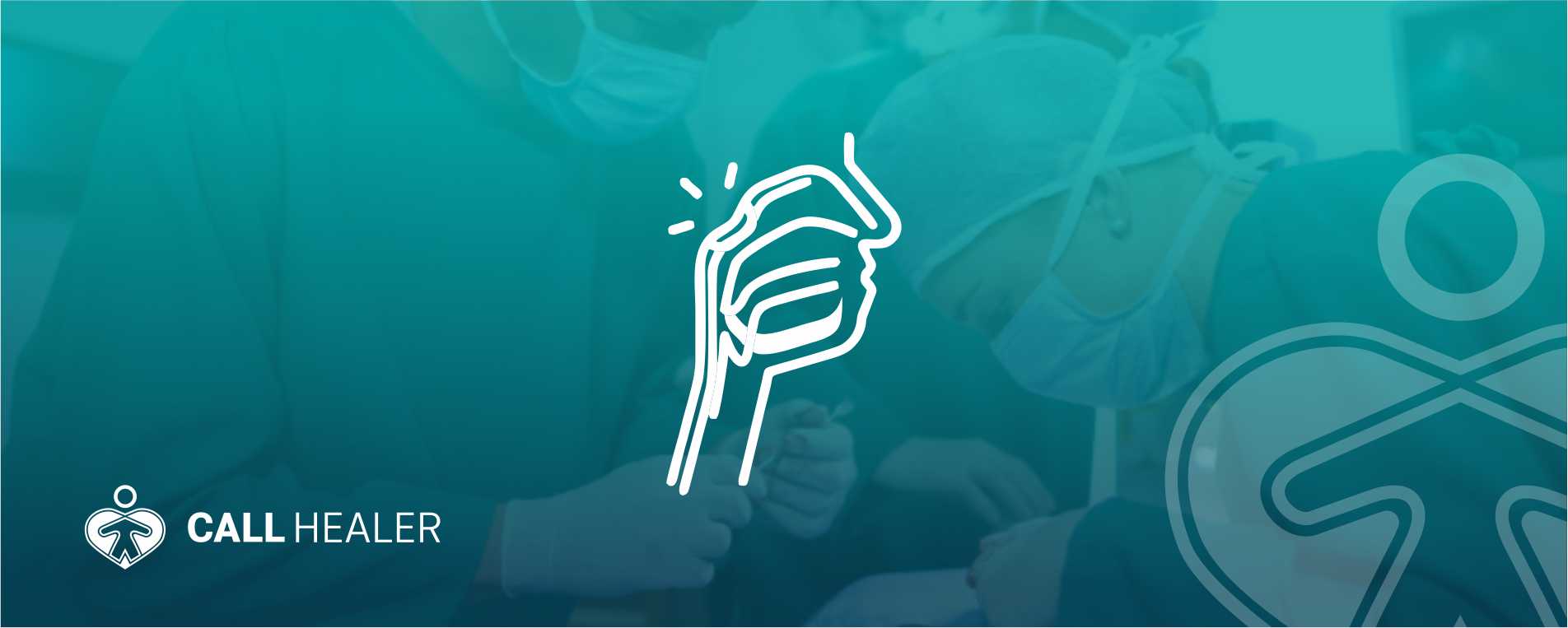
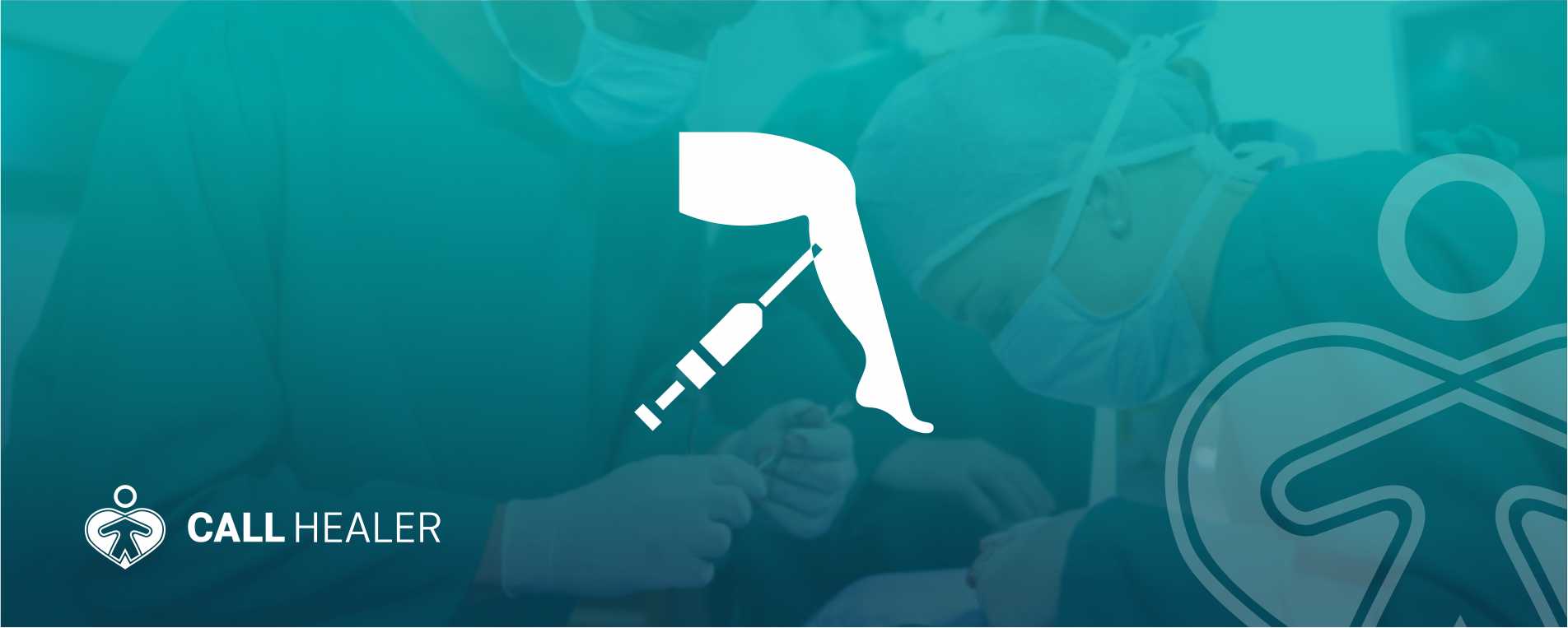

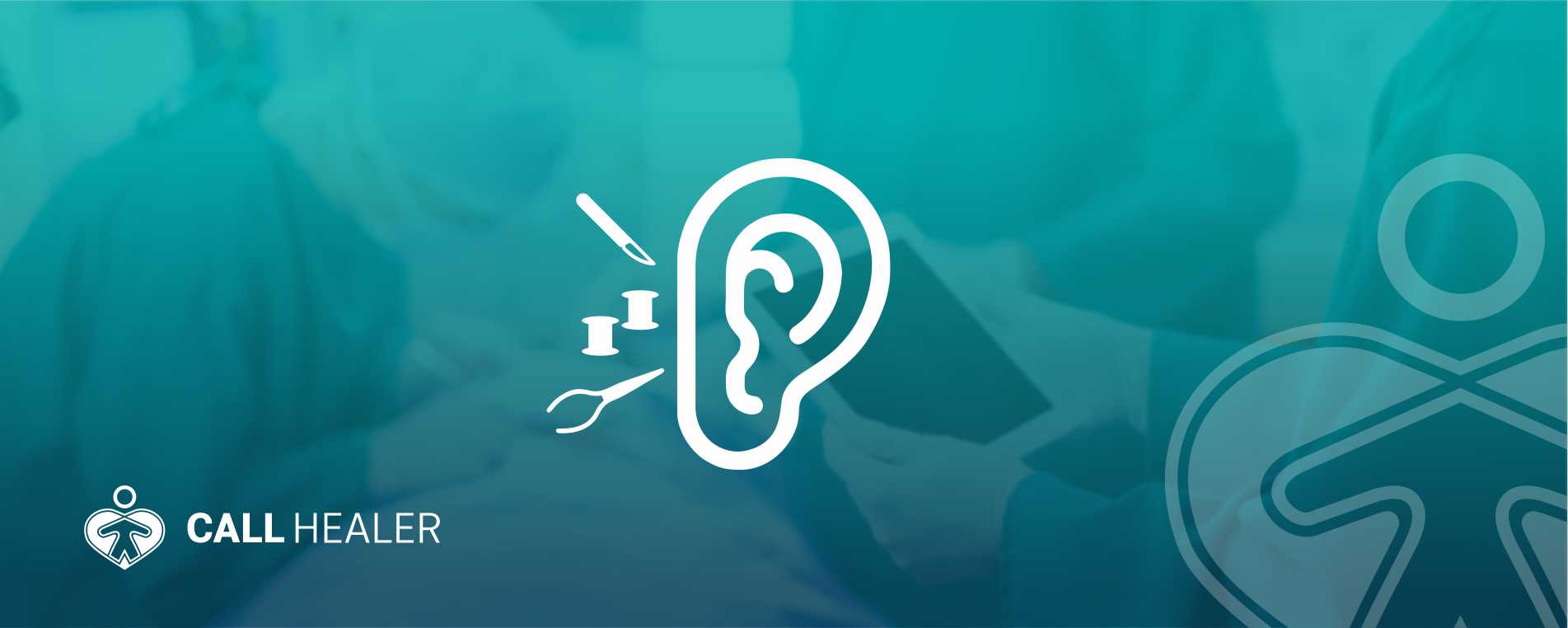
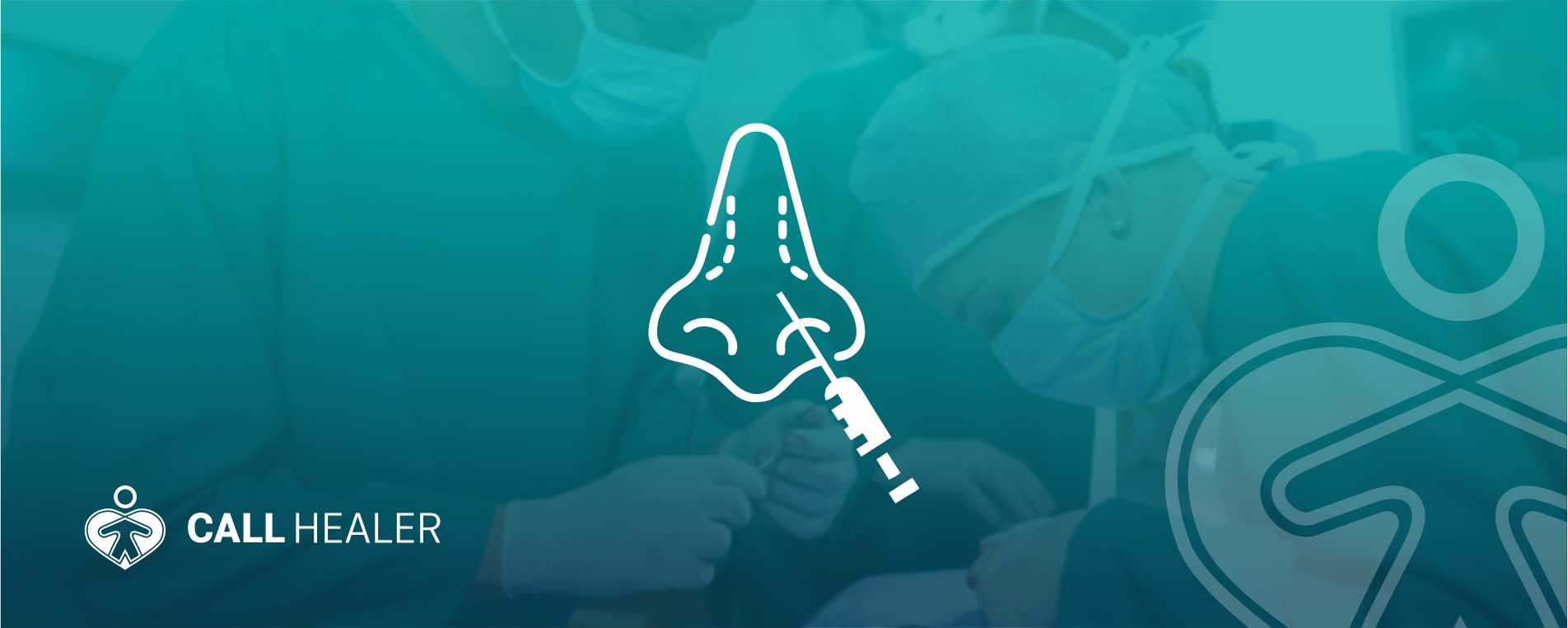
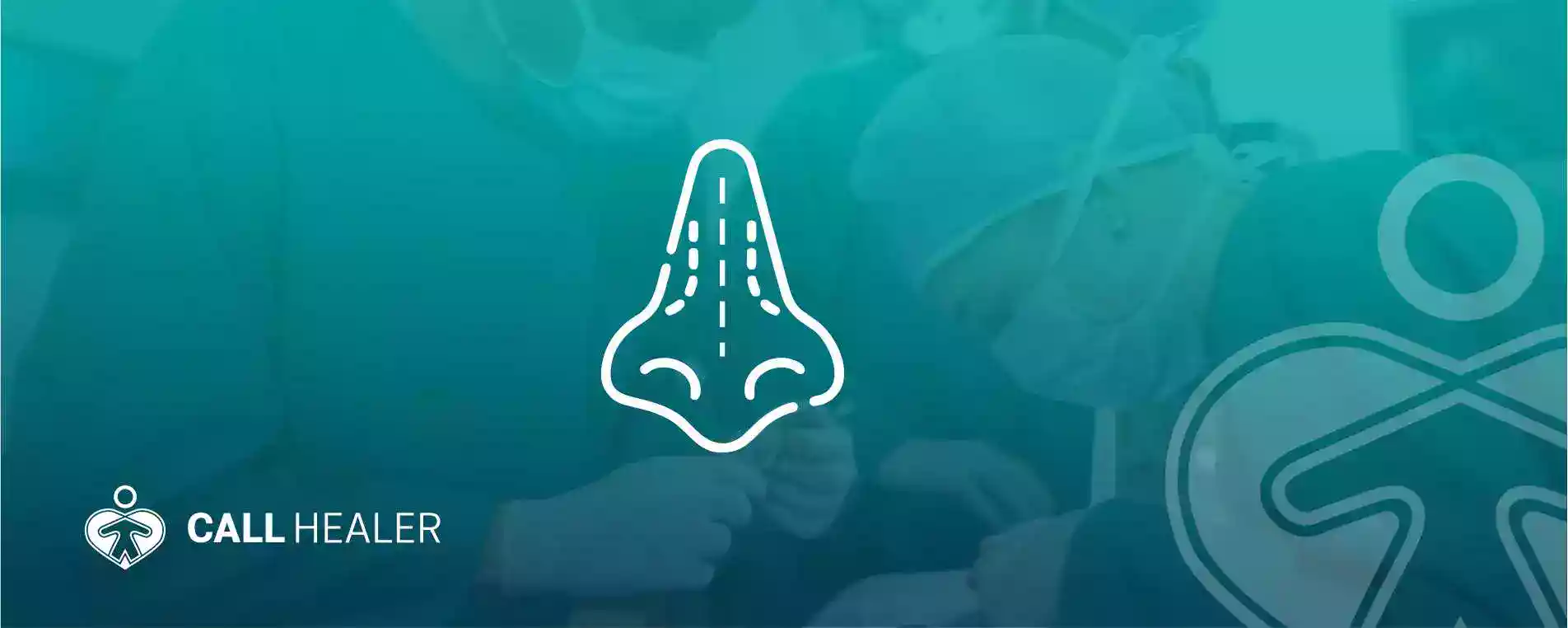

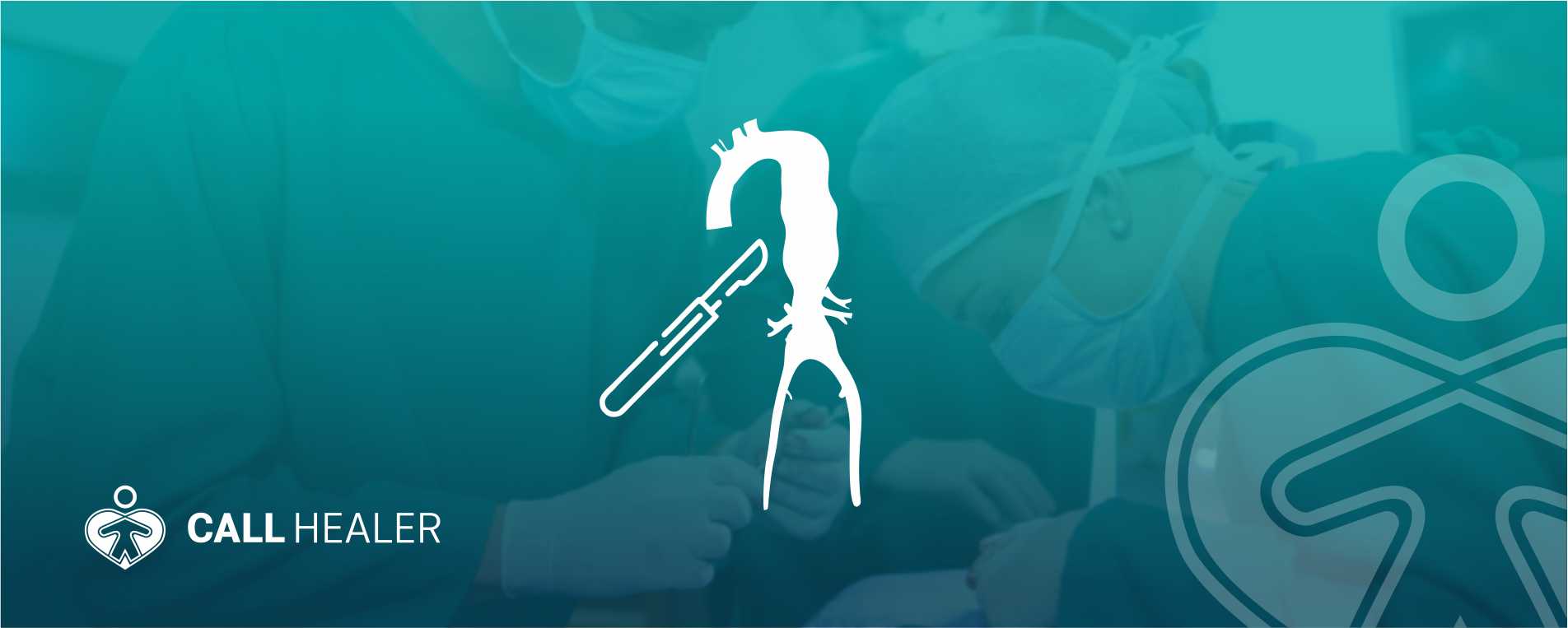
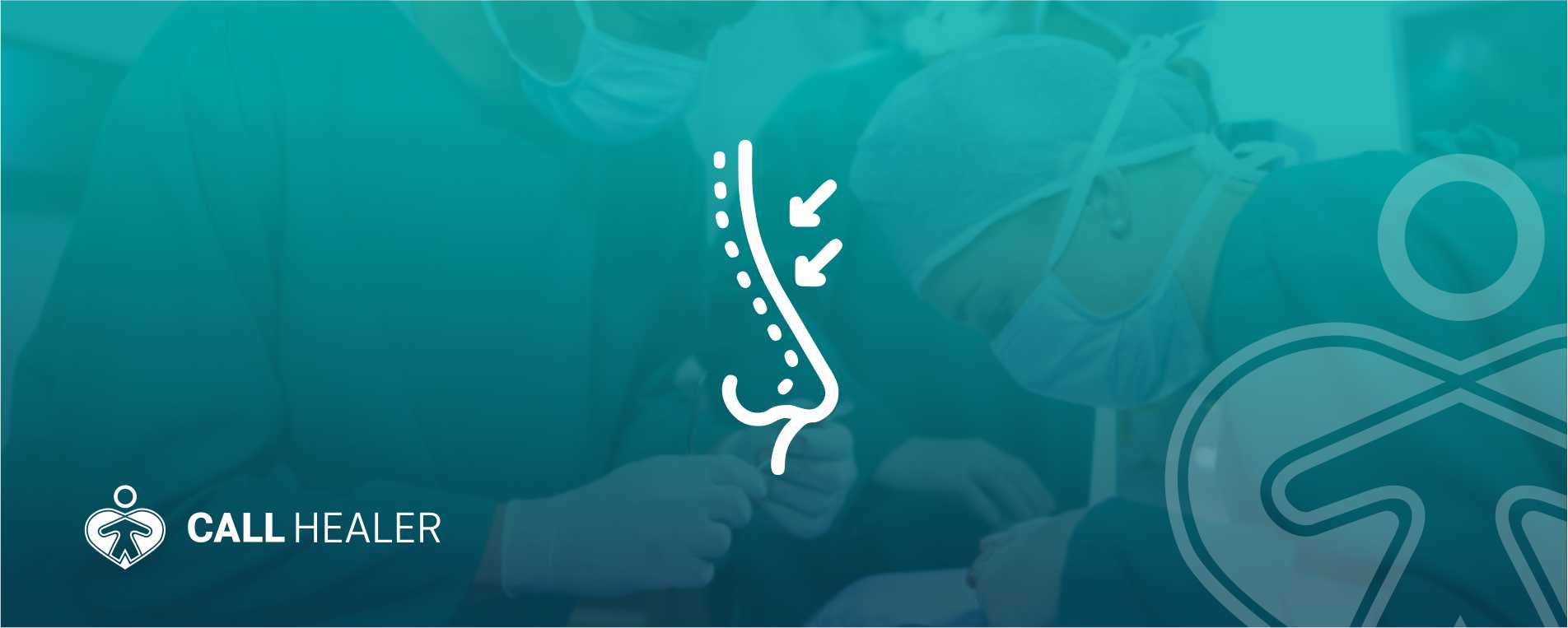
{{translate('Yorumlar')}} ({{yorumsayisi}})